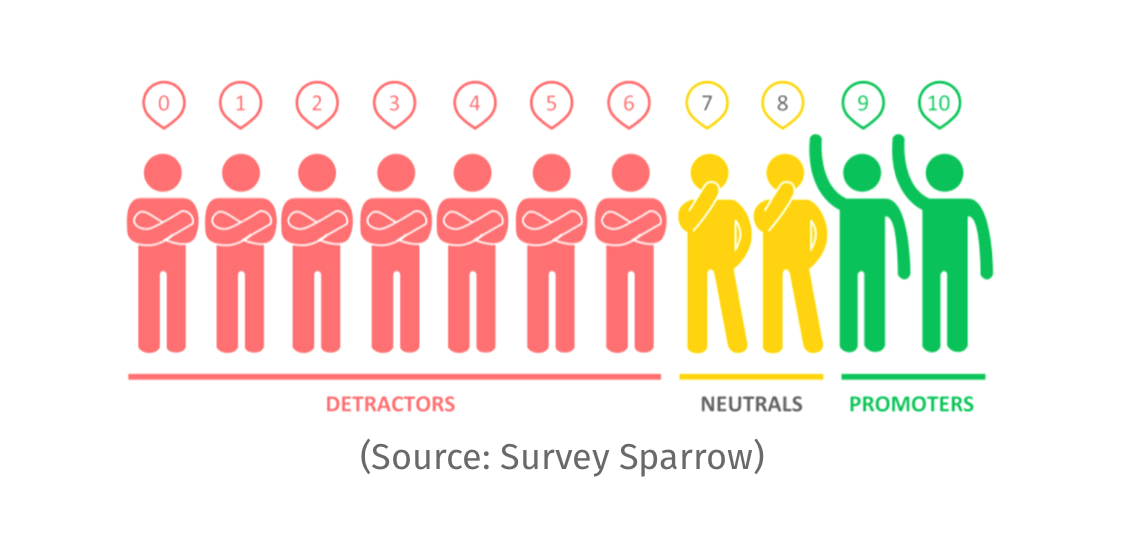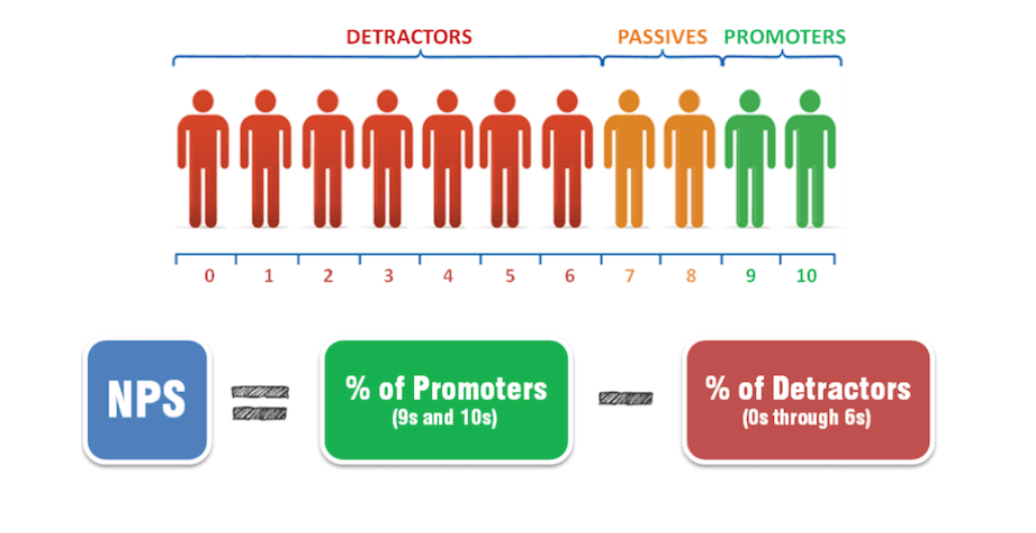Quality idea + Marketing + Sales = Success: The Common Chord That Often Plays Out Of Tune
A musician can play one or two notes beautifully, however when they strike a chord the power and creativity open up the world and resonates to our soul.
Marketing and Sales often spend time operating in guarded silos with little to no communication with each other. These actions can build into a dichotomy festering resentment, producing underwhelming metrics, and playing a song that’s out of tune and painful for the audience to hear.
How’s your marketing department doing?
How’s your salesforce performing?
Does your company have a quality idea, product, or service to offer?
Are you out of tune?
You still need a quality idea before marketing and sales will produce long term success.
Flash in the pan marketing and sales can bring in quick money but never long term, sustainable success.
Let’s all agree for the sake of argument that your idea, product, or service is amazing. Now, let’s focus on marketing and sales.
Who is your ideal customer? What are their demographics and psychographics? Have sales and marketing defined this ideal customer profile together, or are they operating in separate silos?
There needs to be a common understanding of who your company’s ideal customer is before you can strategize a plan of attack. Otherwise the two departments are playing two different songs and together the combined sound will repel your target audience.
Harmony between sales and marketing creates a melody that has the power to reach a larger audience that will then be willing and able to listen to your song. The audience will also want to listen your songs more than once. Ideally, they will listen on repeat.
Bring in your marketing and sales department leaders, and don’t leave out the frontline salesforce who are battle tested.
Your sales team are in the trenches every day they can tell you what’s working and what’s not. All three groups need to work together to define and understand your company’s ideal customer. Then, work backward from there and start asking how you can effectively reach and communicate your message to that ideal customer. There needs to be alignment among the two departments. The discord or harmony will be heard by all and the proof will be in the metrics.
Egos must be left at the door. If goals and objectives are aligned, then you stand a chance for maximum results. If your company culture breeds internal competition or condones the failures of others to advance the personal ambition of a single contributor, then this idea will never work, and your company will always be out of tune.
More marketing dollars can help auto-tune an inharmonious chord. However, underneath the surface the music being played is still out of tune, and you’re not being authentic to your audience.
The audience will eventually pick up on your authenticity. Some will see or hear this sooner than others, and they will quietly stand up and leave the room. Some will always stay to the end, but how many will have left, and how many are never coming back to listen to your song?
How many will go out and sing your praises? How many will go out of their way to tell others how terrible you sound?
The beauty of these two questions can be measured in quantifiable data.
Net Promoter Score
Net Promoter Score aka NPS is the magic instrument tuner that will let you know how well you’re actually playing the song and if you’re audience is running around telling their friends and family about what they just heard.
NPS Example: “On a scale of zero to ten, how likely are you to recommend our service/product/business to a friend or family?”
NPS works on a 11-point Likert scale, so there’s enough space for the person to give you honest feedback on how they feel about your product, and more importantly, if they are going to tell their friends and family about it.
We are all playing by the same rules with NPS. Marketing and Sales departments can’t hide or spin these numbers. In statistics, these scales of measurement provide unbiased data that can be used to improve your company’s results. Quantitative data such as NPS isn’t subjective. No spin or interpretation is needed. All companies are playing by the same metrics with NPS. Either your product or service is being promoted by your loyal fans or it’s not.
Just an employee of a larger company? What’s your personal NPS? Are other people promoting (telling others) who you are and how you operate? Are you receiving referrals from past customers? Referrals are your report card. What’s your grade?
How is success measured in terms of NPS?
“The Net Promoter Score is an index ranging from -100 to 100 that measures the willingness of customers to recommend a company’s products or services to others. It is used as a proxy for gauging the customer’s overall satisfaction with a company’s product or service and the customer’s loyalty to the brand.” (Source: https://www.medallia.com/net-promoter-score/)
Positive NPS Scores:
Above a zero = Good
+50 = Excellent
70+ = World Class
Improving NPS is simple in theory but putting the needed work and effort into daily practice becomes exponentially harder.
How is NPS calculated?
The pictures below show the people that answer that 0 to 10 question about the likelihood of them recommending your product.
You want 9s and 10s. You never want 0s through 6s. Those that answer 0 to 6 will go out of there way to tell others not to buy your product. Their voices get louder the closer they are to either side of the scale.


(Image Source: www.tribus.com)
What’s your company’s NPS?
Here are a few examples of NPS*:
Apple: 72
Amazon: 69
Costco: 74
Netflix: 77
Nordstrom: 75
Tesla: 96
USAA: 80
Zoom: 70
(Source: www.retently.com)
*NPS scores are fluid and will continue to change. It will be fascinating to see the how the NPS scores shifted from 2020 B.C. (Before-Covid) to 2020 P.C. (Post-Covid)
What’s your messaging, and what are others saying, if anything, about it?
Are people going out of their way to tell others your song is amazing and should be heard? Or, are they telling others to stay away and not listen to you rocking out in the market square?
Are you trying to play a pop song that has a shorter lifespan but reaches large audiences?
Are you playing to a specific genre whose audience will hold you to a higher standard, yet provide you with fanatic loyalty that can stand the test of time?
You can’t play your song to all people. Find your target audience and hone your skills to play songs that resonate with them.
Do you want to be a one hit wonder? Do you want to keep hitting that same note over and over again?
Find out who your audience is and play your music that will light up their soul. Then, get to work practicing your craft with meaningful dedication every day. The results will speak for themselves in the quality of your tone and the movement of hearts and feet. The audience will open up their wallets and pay you to keep playing their favorite songs.
Can you work on your symphony so that your life’s masterpiece can be enjoyed by audiences across the world? Can your symphony transcend a specific genre? Do you want to compose a symphony, or are you playing someone else’s song?
What are you doing each day to work on your masterpiece?
